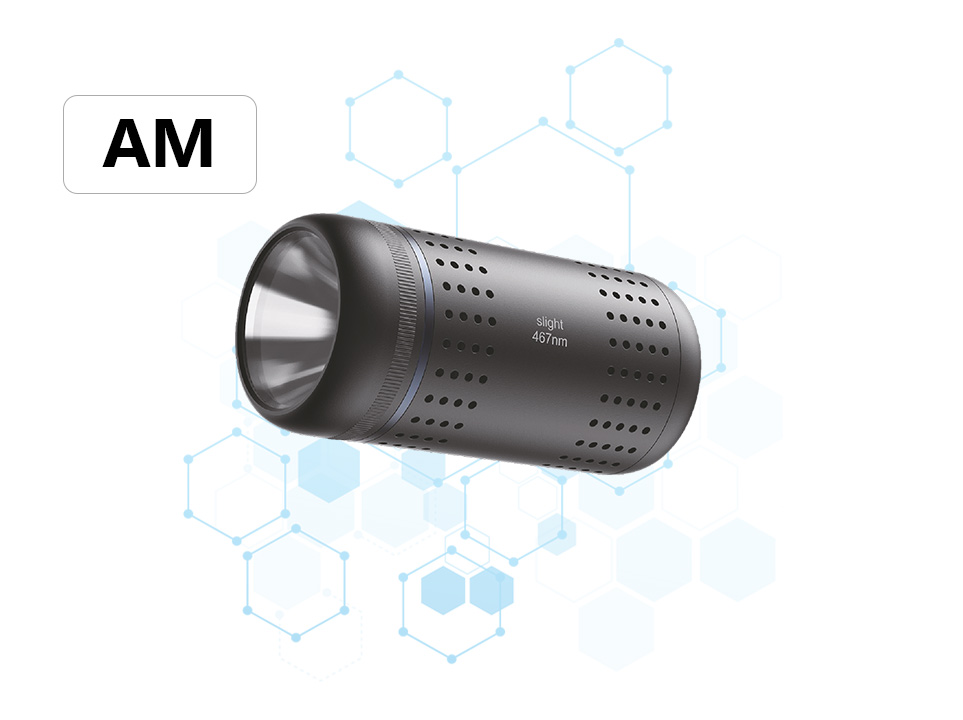A Comparative Analysis of the Advantages of Photochemical Reactors over Photocatalytic Light Sources
Abstract:
This paper delves into the comparative advantages of photochemical reactors over photocatalytic light sources. By examining the unique features and capabilities of photochemical reactors, we aim to highlight their superiority in various experimental and application contexts. The discussion encompasses aspects such as reaction conditions, operational versatility, safety, and multi-domain applicability, thereby providing insights into why photochemical reactors are often preferred over standalone photocatalytic light sources.
Keywords: Photochemical reactors; Photocatalytic light sources; Reaction conditions; Operational versatility; Safety; Multi-domain applicability
1. Introduction
Photocatalysis and photochemical reactions have emerged as pivotal techniques in various scientific and industrial fields, including organic synthesis, environmental remediation, and energy conversion. While photocatalytic light sources serve as the cornerstone for initiating these reactions, photochemical reactors offer a more comprehensive and controlled environment for their execution. This paper contrasts the advantages of photochemical reactors with those of photocatalytic light sources, emphasizing the unique benefits that reactors provide.
2. Advantages of Photochemical Reactors
2.1 Superior Reaction Conditions
Photochemical reactors excel in providing superior reaction conditions compared to standalone photocatalytic light sources. They offer precise control over a multitude of parameters, including light intensity, wavelength, and exposure time, as well as temperature, pressure, and reactant concentration. This level of control is crucial for achieving high reaction selectivity and purity of products, as well as minimizing unwanted side reactions.
Moreover, many photochemical reactions can be conducted at room temperature or near room temperature, significantly reducing energy consumption and minimizing the risk of thermal decomposition of reactants or products. This low-temperature reaction advantage is particularly beneficial for thermally unstable compounds.
2.2 Operational Versatility
Photochemical reactors are designed with operational versatility in mind. They typically feature intuitive and user-friendly interfaces, such as PLC liquid crystal touch screens with animated simulations of operational status, making the experimental process straightforward and easy to understand. This operational simplicity allows researchers to focus on experimental design rather than equipment manipulation.
Furthermore, reactors often incorporate advanced features like modular designs and customizable configurations, enabling researchers to tailor the reactor to their specific experimental needs. This flexibility is crucial for exploring new reaction pathways and optimizing reaction conditions.
2.3 Enhanced Safety
Safety is a paramount concern in any chemical reaction setup. Photochemical reactors are equipped with various safety features to ensure the safety of both researchers and the equipment. These include water scarcity alarm systems, over-temperature protection mechanisms, and high-temperature protection systems with automatic power-off capabilities. These safeguards help prevent accidents and ensure that the reactor operates within safe parameters, even under unexpected conditions.
2.4 Multi-Domain Applicability
Photochemical reactors find widespread application across multiple scientific and industrial domains. In the field of chemical synthesis, they are used for synthesizing various organic compounds, polymers, and pharmaceutical intermediates. In environmental science, they are instrumental in studying the photochemical reactions of atmospheric pollutants and the photodegradation of organic compounds in water bodies. Additionally, they play a vital role in research on new energy materials, such as solar cells and fuel cells, as well as in biomedical applications like photodynamic therapy and photosensitizer research.
2.5 In-Situ Monitoring Capabilities
Advanced photochemical reactors are equipped with in-situ monitoring capabilities, allowing researchers to monitor changes in light intensity, sample temperature, reactant concentration, intermediate product formation, and the types and quantities of final products in real-time. This wealth of experimental data provides valuable insights into reaction mechanisms and aids in optimizing reaction conditions for better outcomes.
3. Comparison with Photocatalytic Light Sources
While photocatalytic light sources are essential for initiating photochemical reactions, they lack the comprehensive control and versatility offered by photochemical reactors. Standalone photocatalytic light sources primarily focus on providing a specific light source for reactions, with limited ability to control other critical reaction parameters.
In contrast, photochemical reactors integrate multiple functionalities into a single unit, offering a more controlled and versatile reaction environment. They enable researchers to fine-tune reaction conditions, monitor reaction progress, and ensure the safety of the experimental setup, all within a single device.
4. Conclusion
In conclusion, photochemical reactors offer significant advantages over standalone photocatalytic light sources in terms of superior reaction conditions, operational versatility, enhanced safety, multi-domain applicability, and in-situ monitoring capabilities. These unique features make photochemical reactors the preferred choice for conducting complex and precise photochemical reactions across various scientific and industrial domains.





